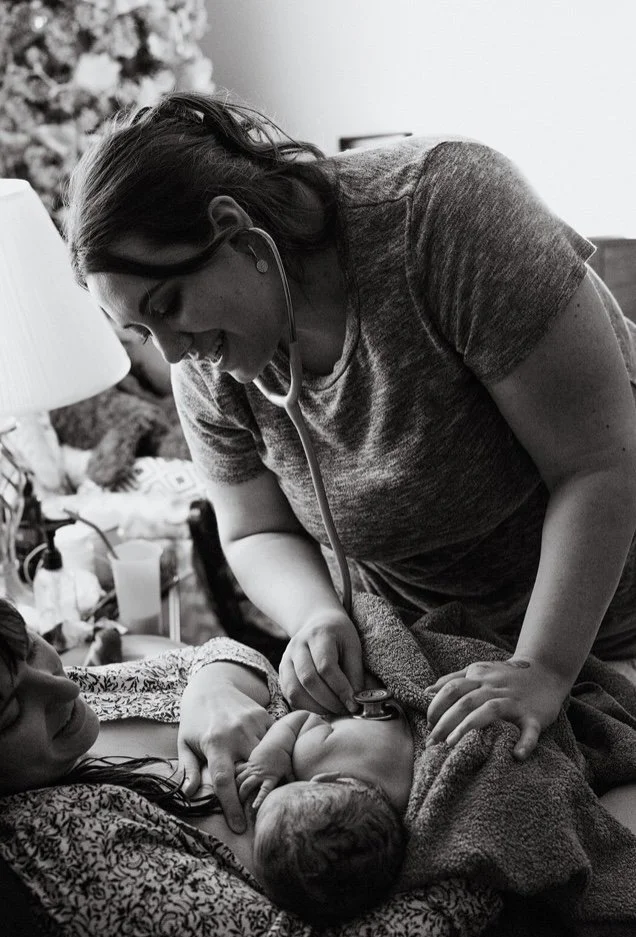Home birth,
for low-risk pregnancies,
is safe
Maternal and Infant Outcomes
Maternal Health
For low-risk pregnancies, home births have been associated with fewer medical interventions compared to hospital births. Women planning home births often experience lower rates of cesarean sections, episiotomies, and the use of forceps. The North American Registry of Midwives (NARM) highlights the importance of midwives who attend home births be trained to provide comprehensive prenatal care, support during labor, and postnatal care, which can contribute to positive maternal health outcomes.
Infant Health
Infant outcomes for home births are generally comparable to hospital births when the pregnancy is low-risk and managed by qualified professionals. Research supported by NARM indicates that planned home births with certified professional midwives (CPMs) have similar neonatal outcomes to hospital births.
I am a licensed midwife in Wisconsin.
I am a certified midwife through NARM.
Professional Recommendations
Key health organizations like the American College of Obstetricians and Gynecologists (ACOG) and the American Academy of Pediatrics (AAP) recommend that home births be attended by experienced and licensed midwives. NARM provides certification and sets standards for midwifery practice, ensuring that midwives are well-trained in managing home births safely.
Guidelines and Recommendations for a Home Birth
Screening and Preparation
Proper screening of the mother to confirm a low-risk pregnancy is essential for the safety of home births. NARM guidelines stress that home births should only be planned for women who have been evaluated and deemed low-risk by their healthcare provider. Additionally, having a robust support system and a clear emergency plan is crucial for ensuring the safety of both mother and baby during a home birth.

